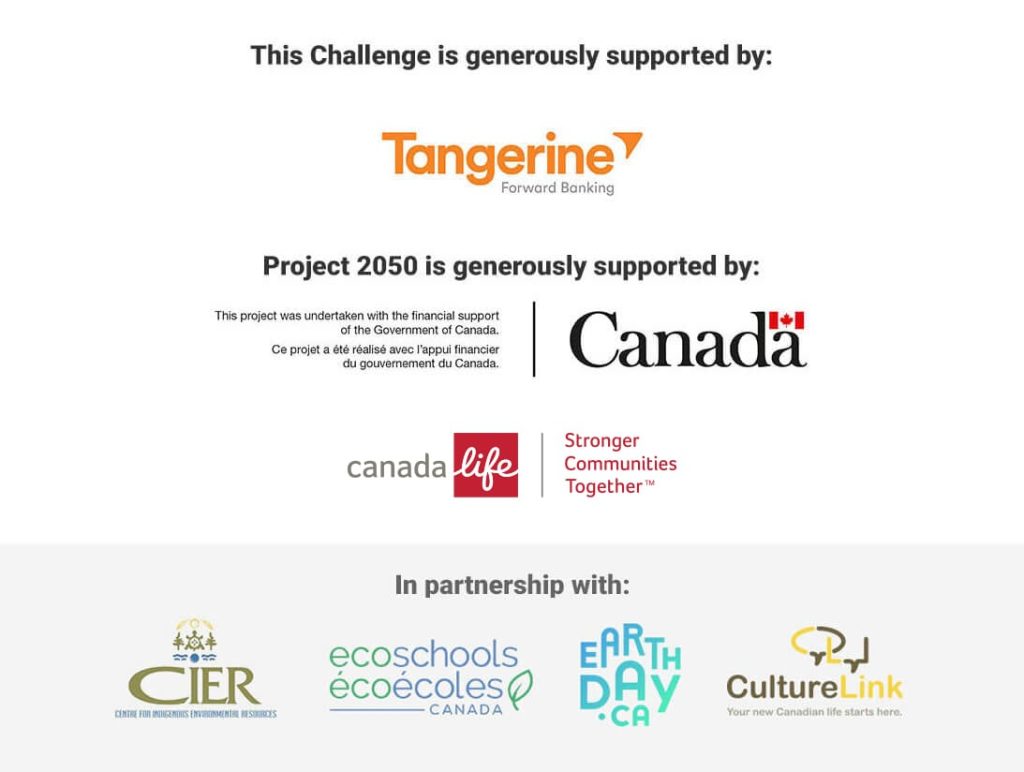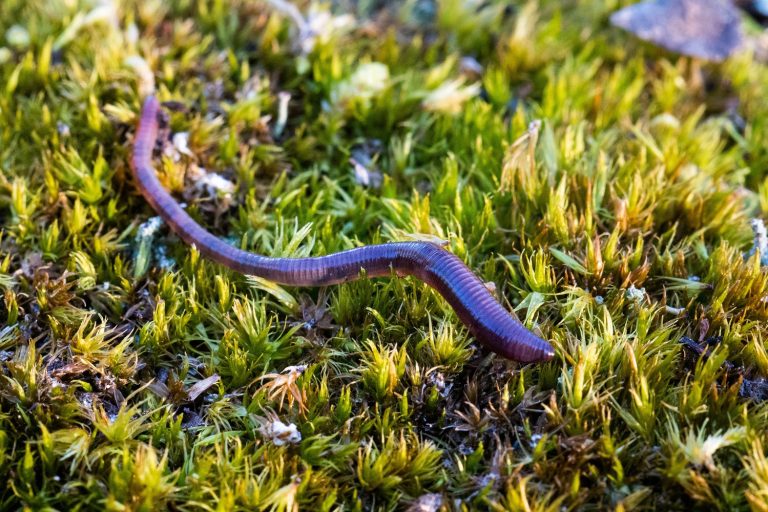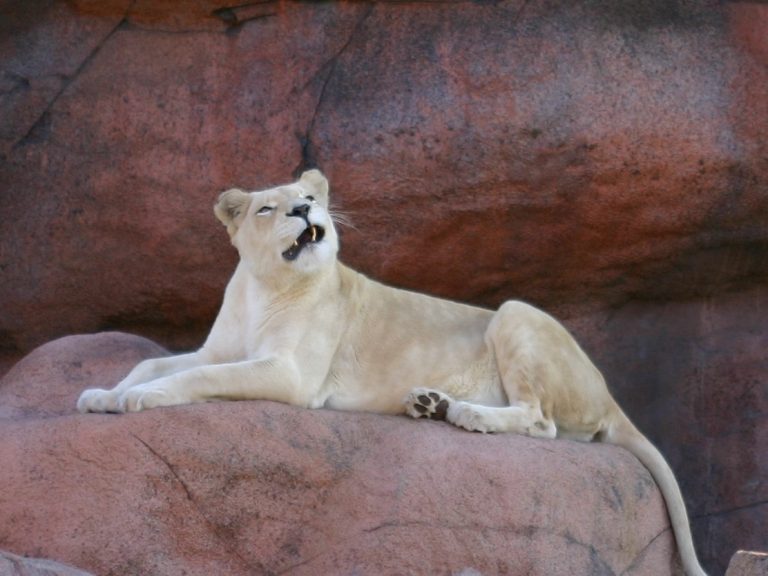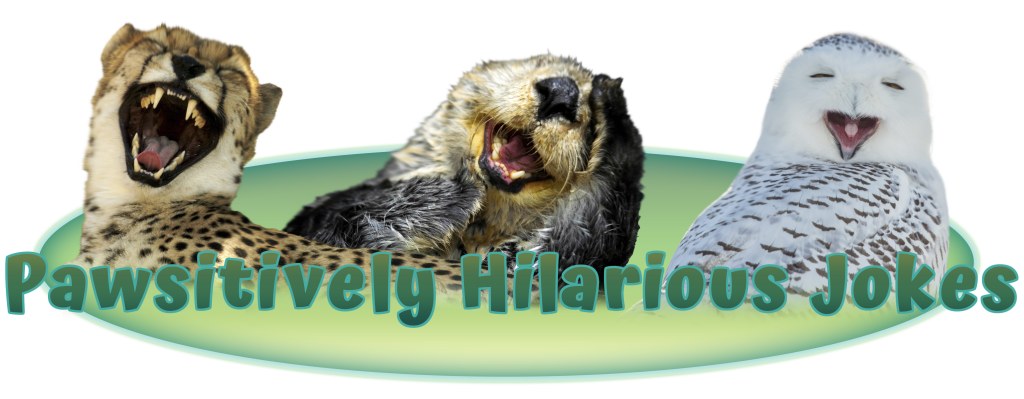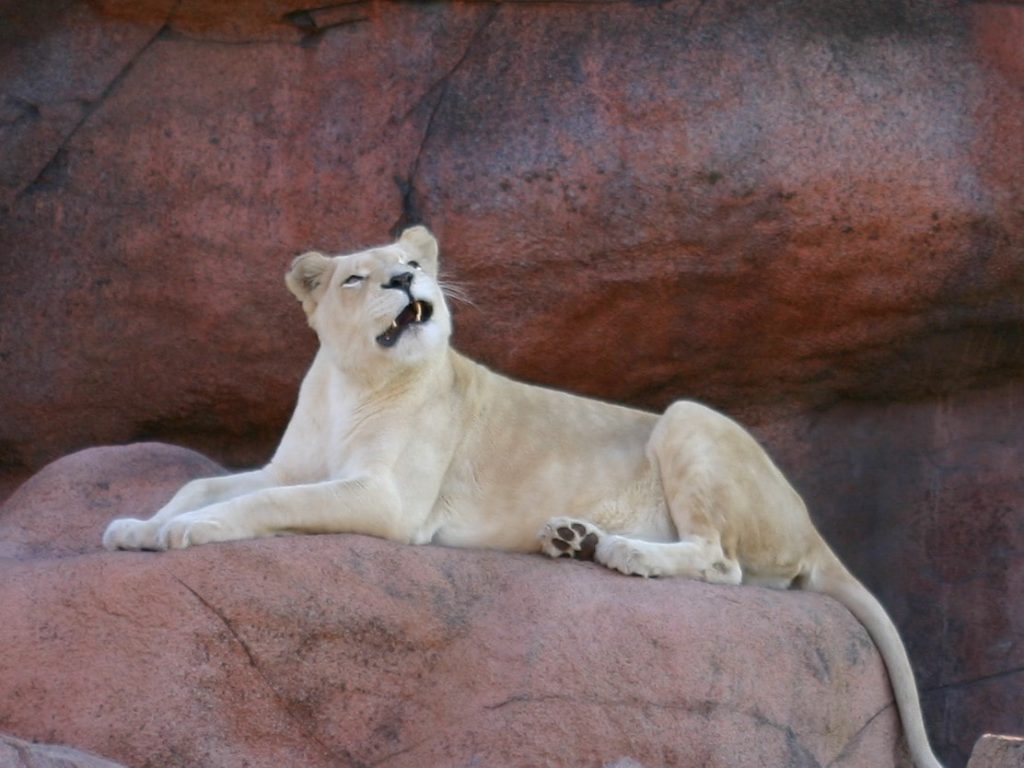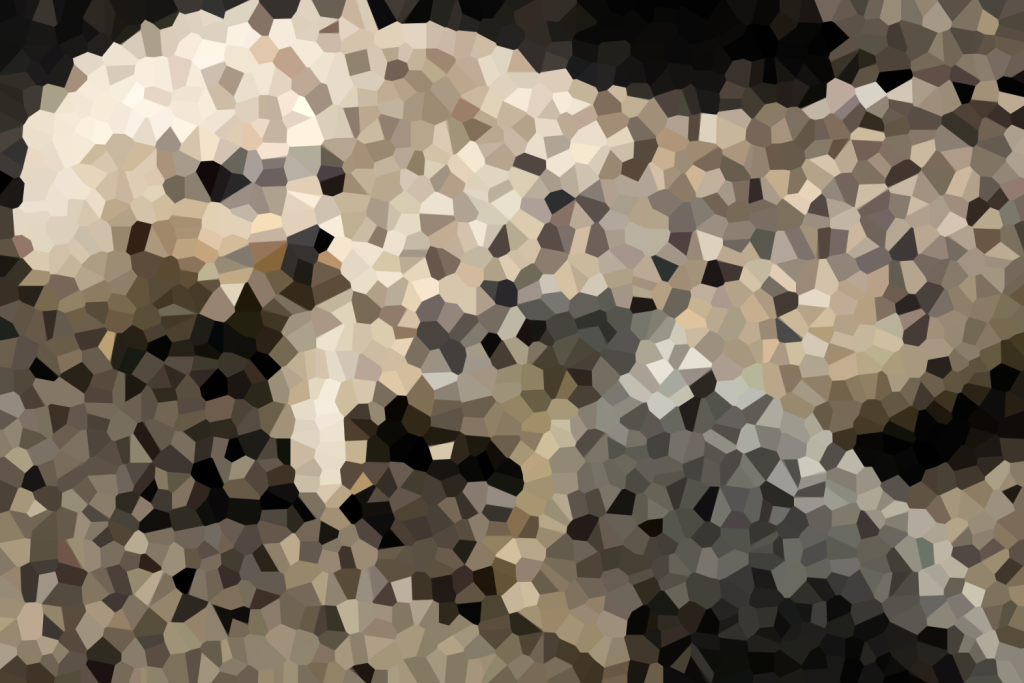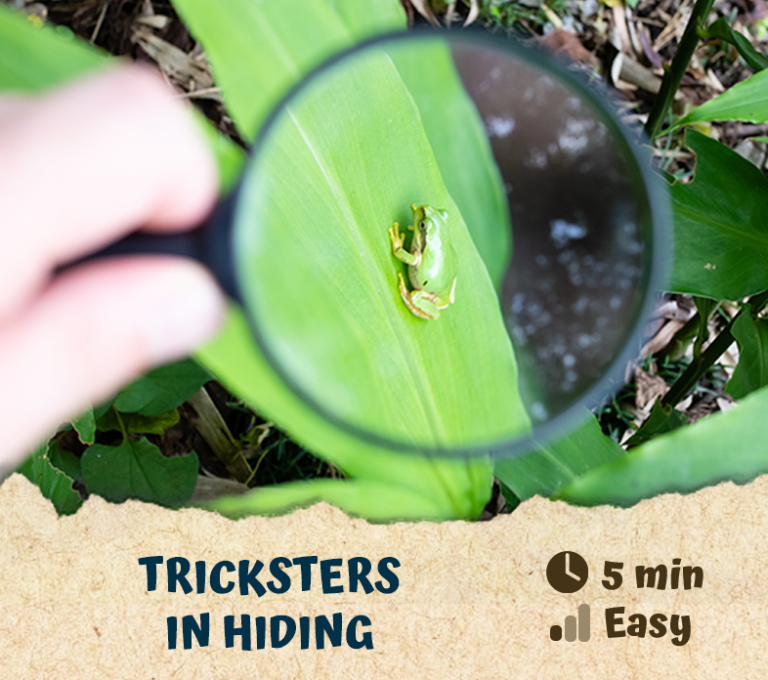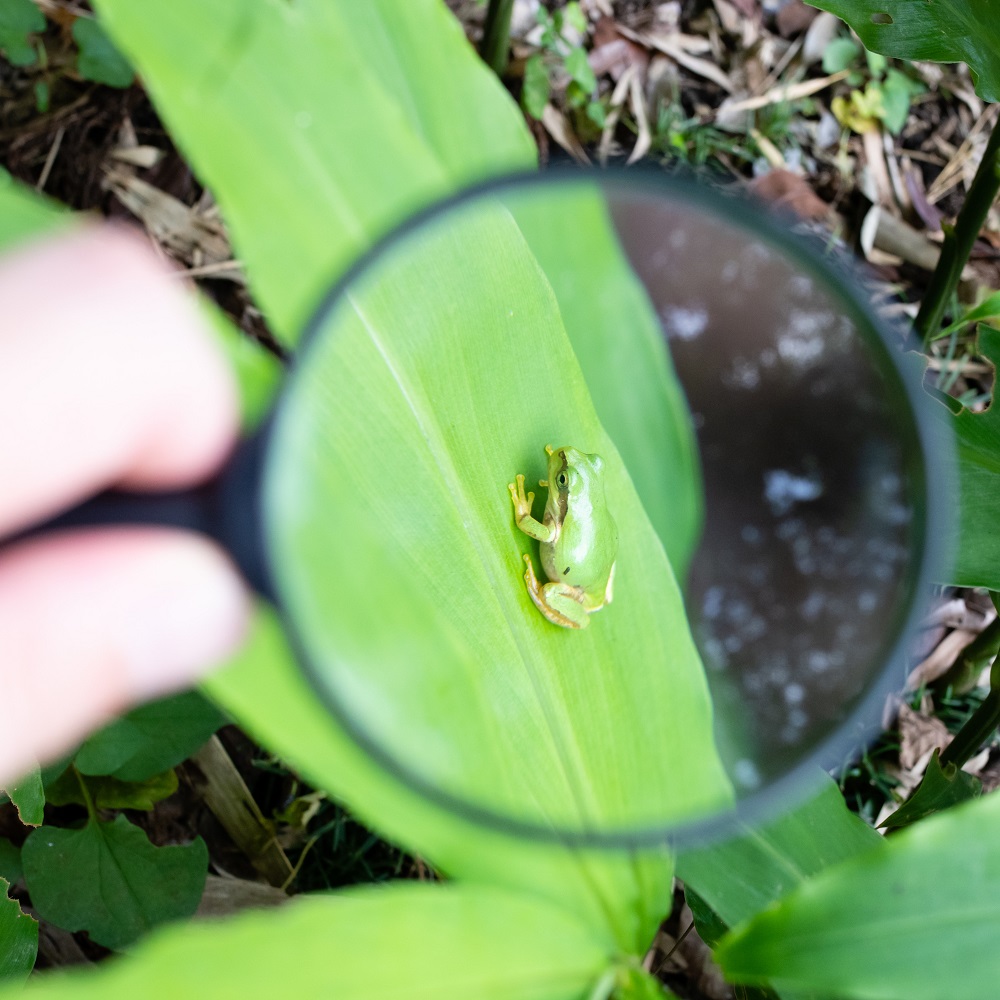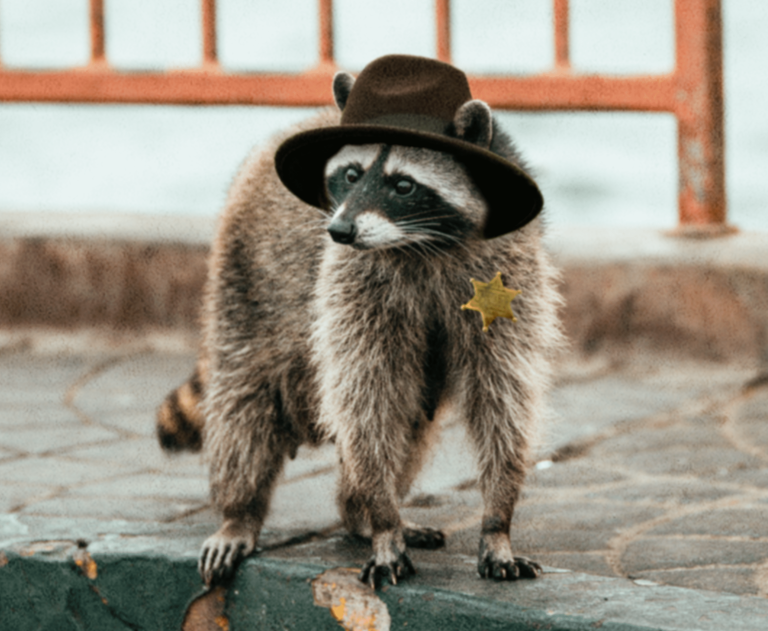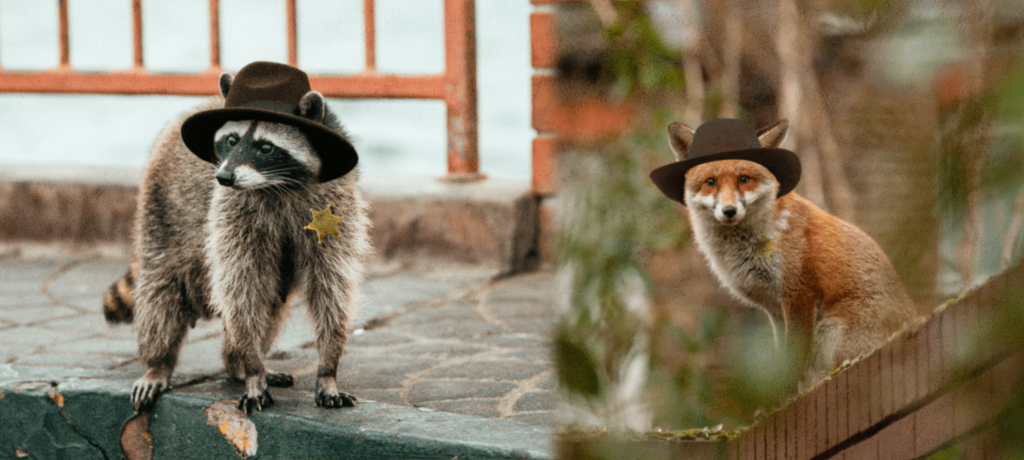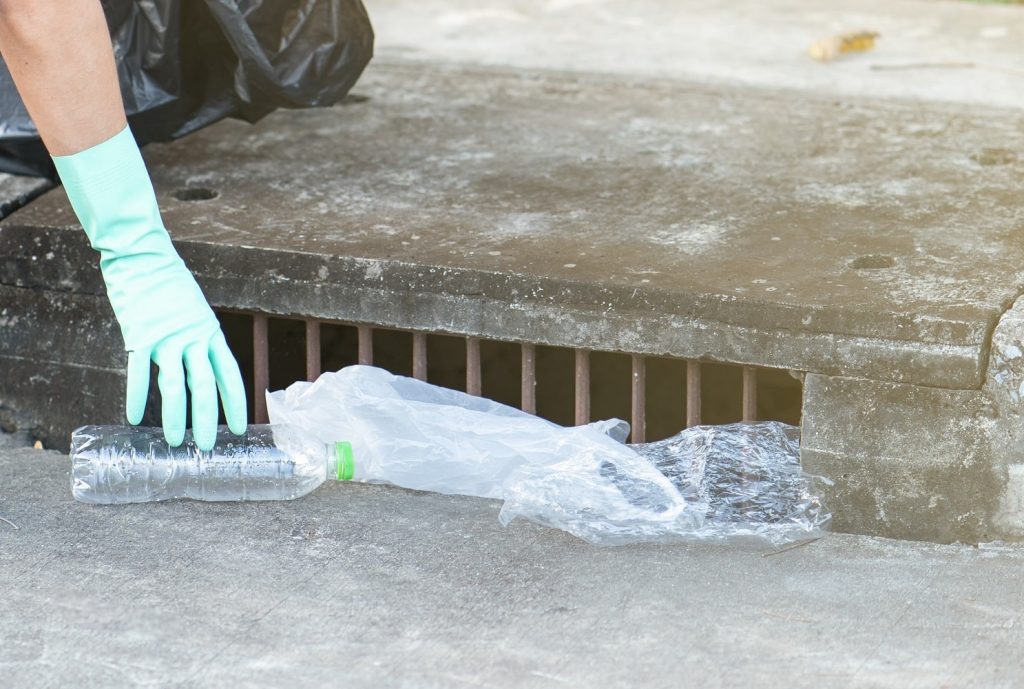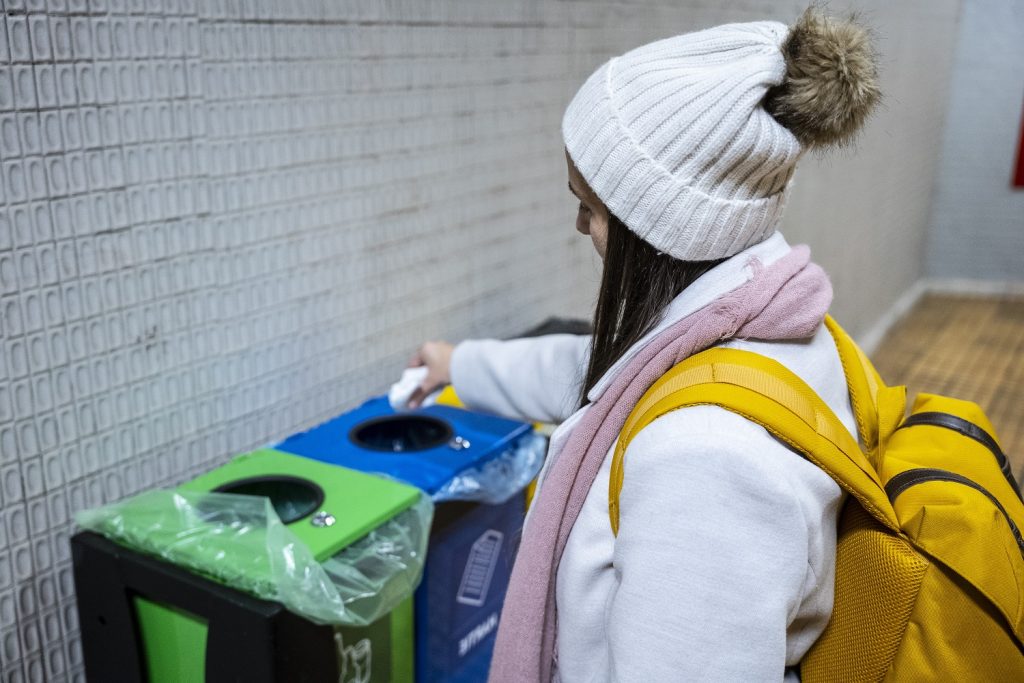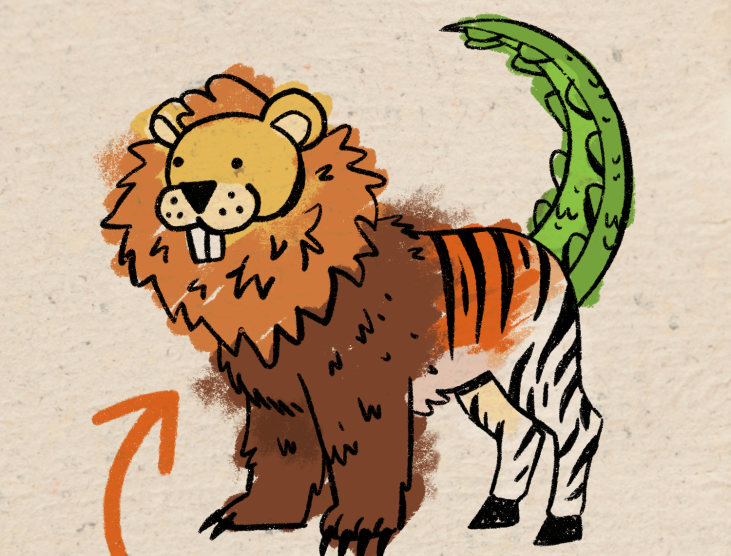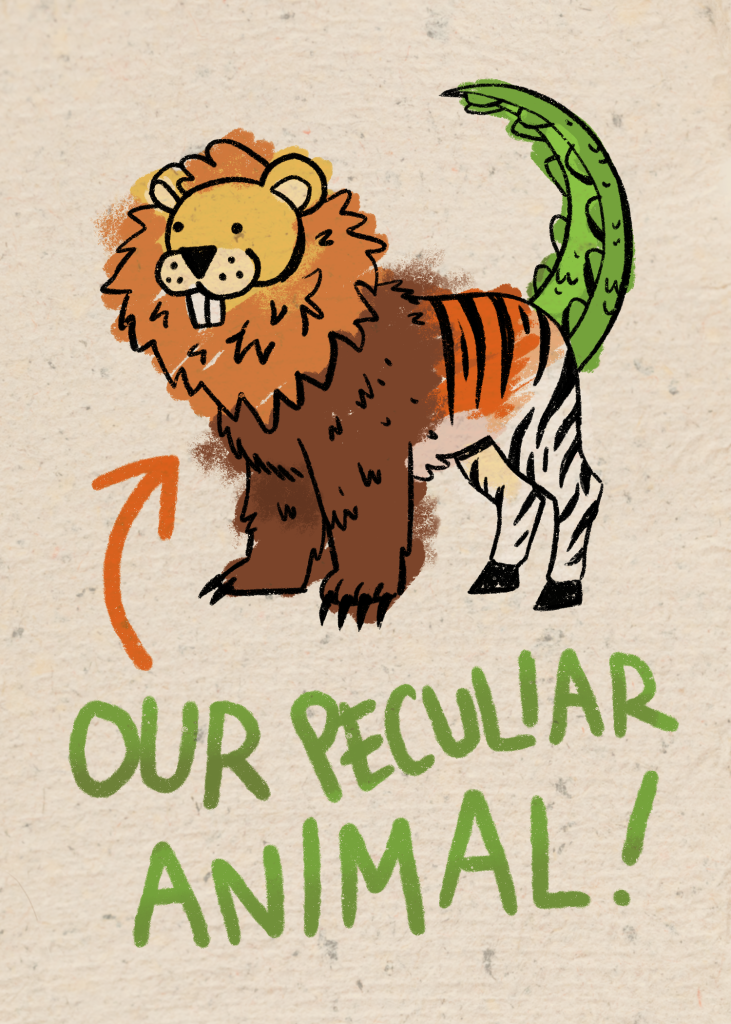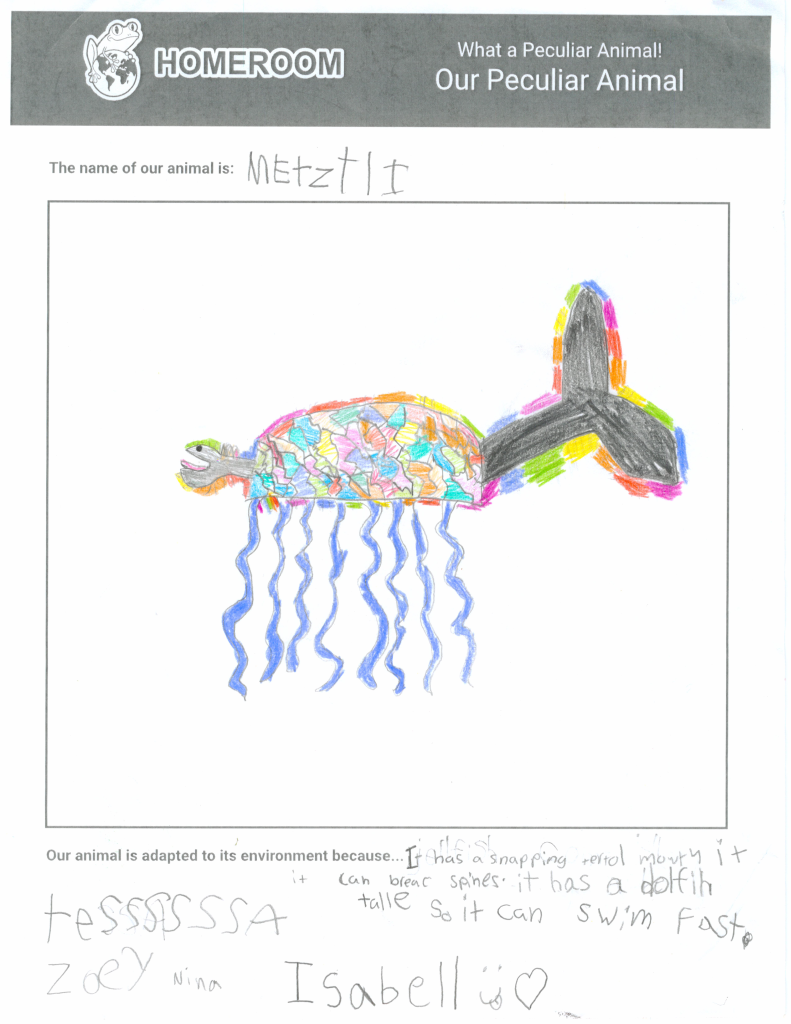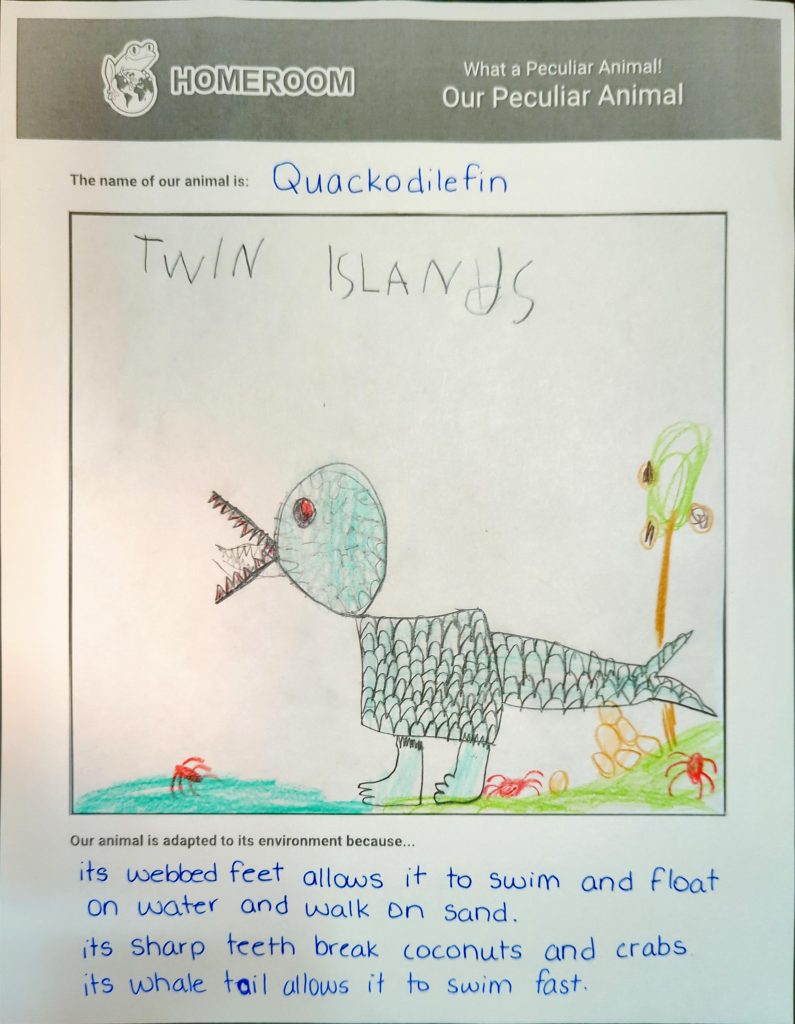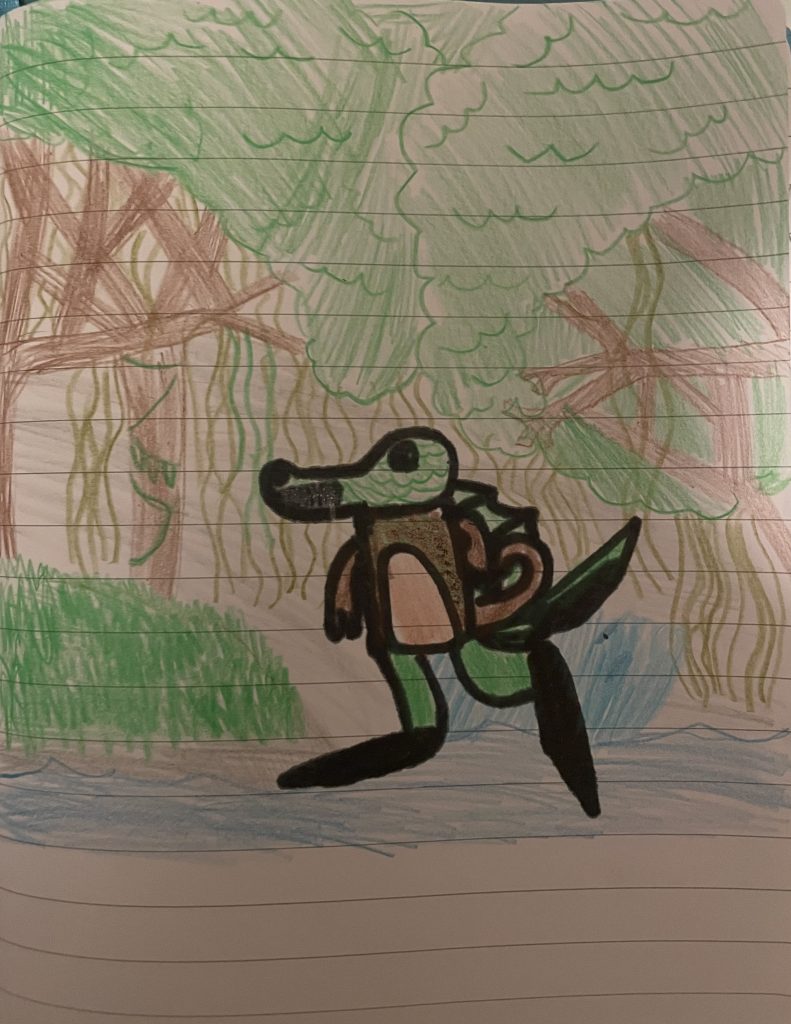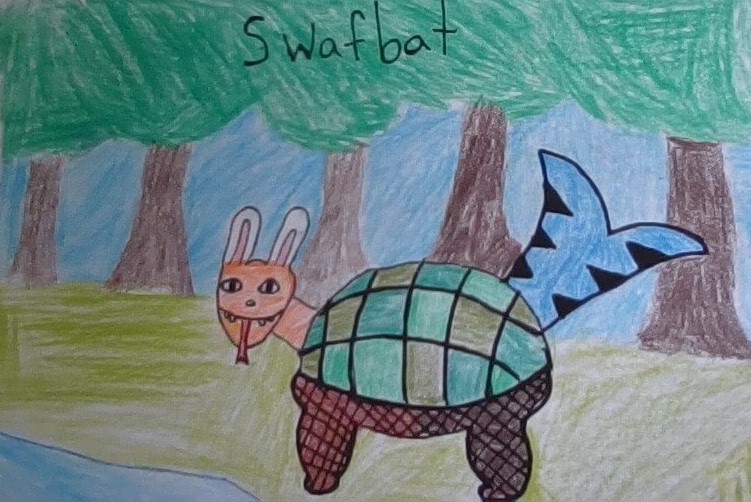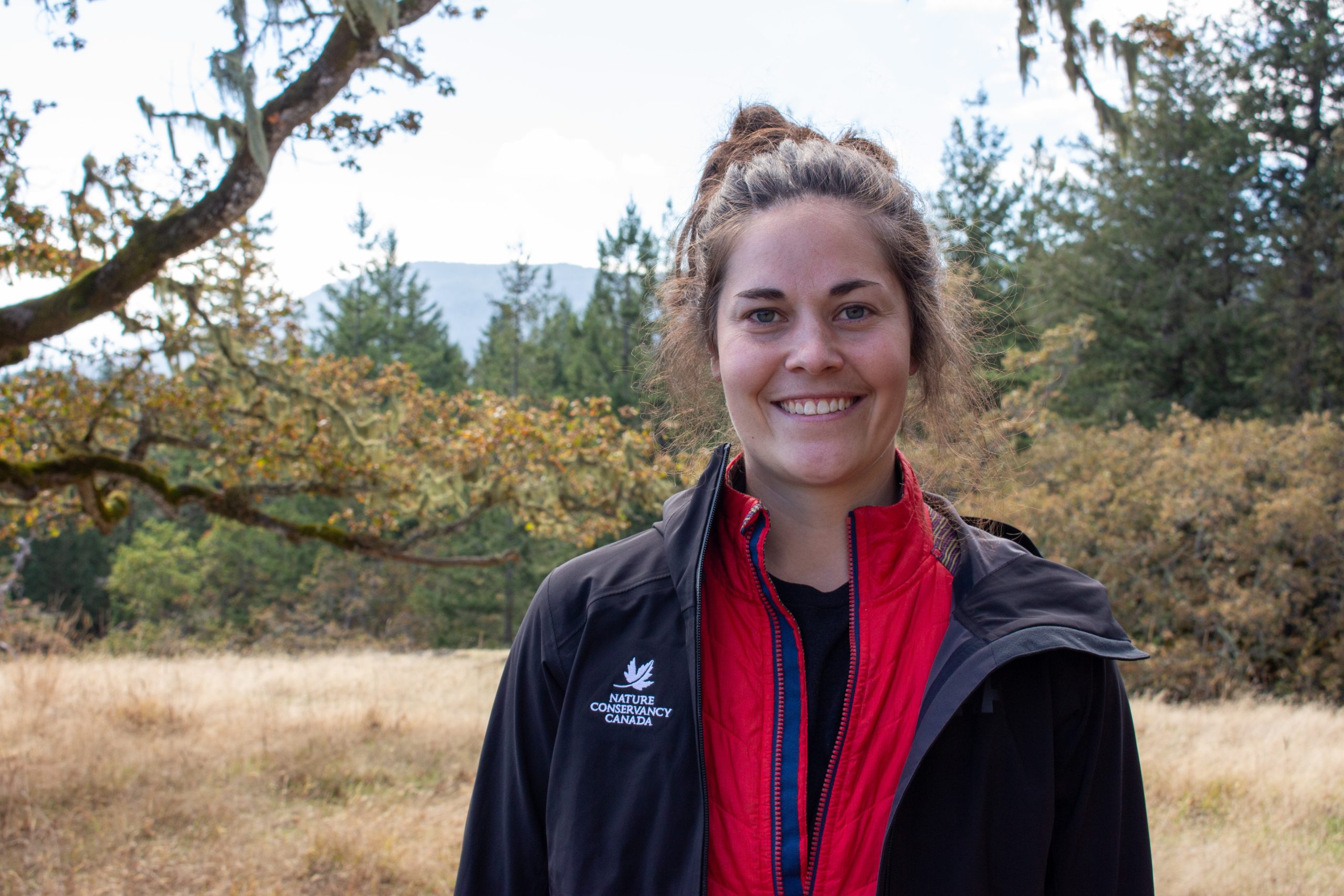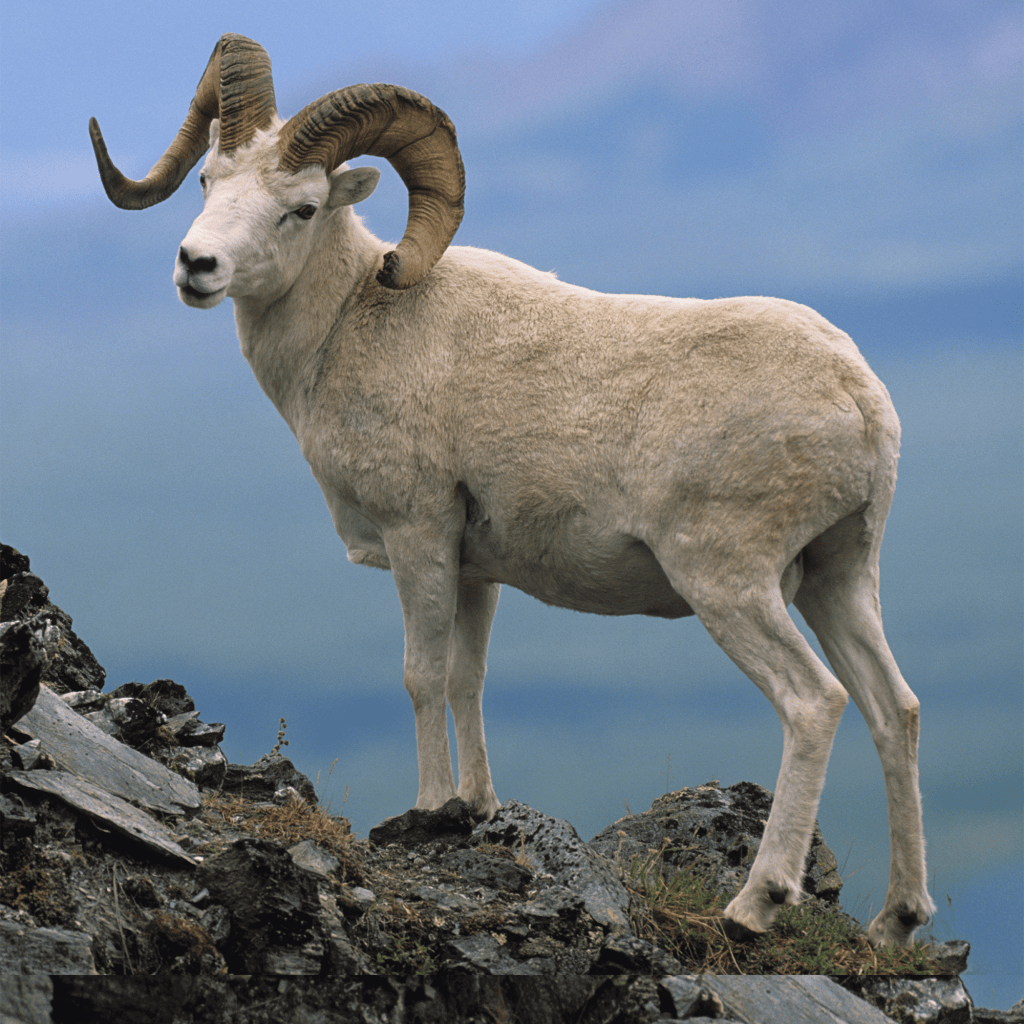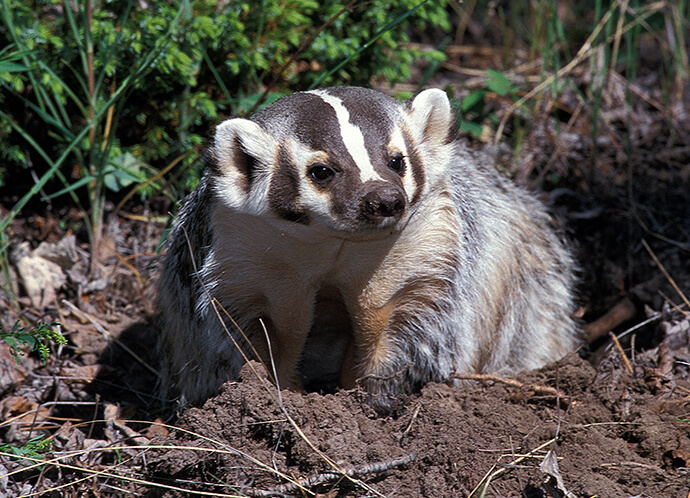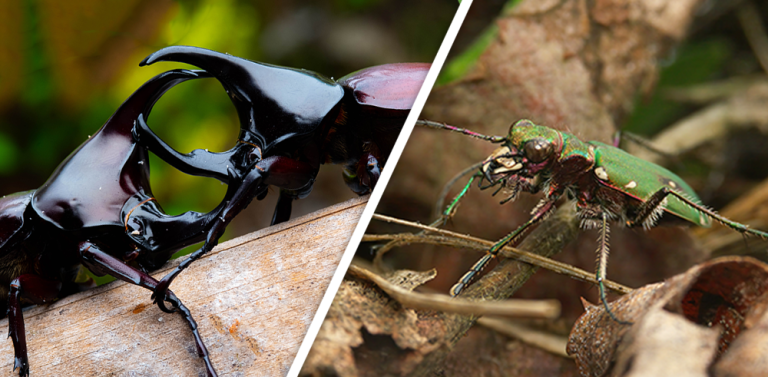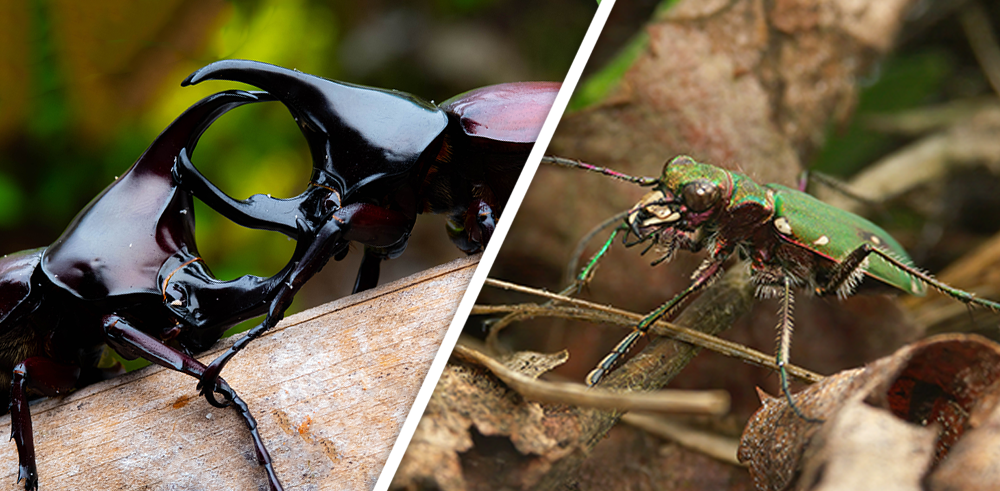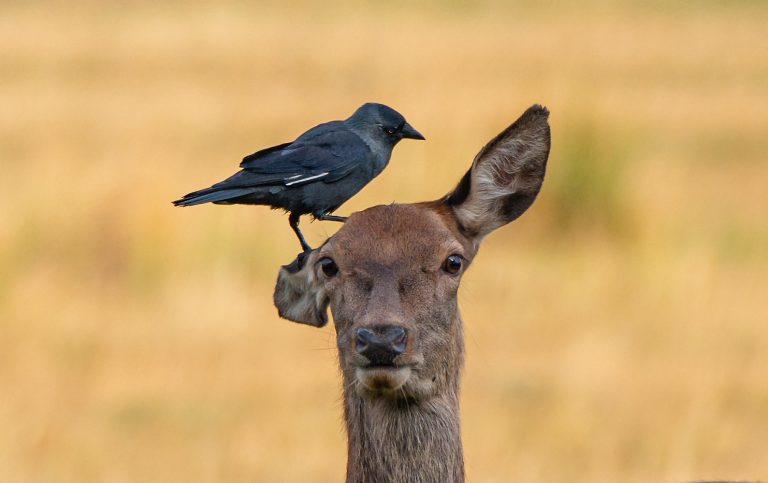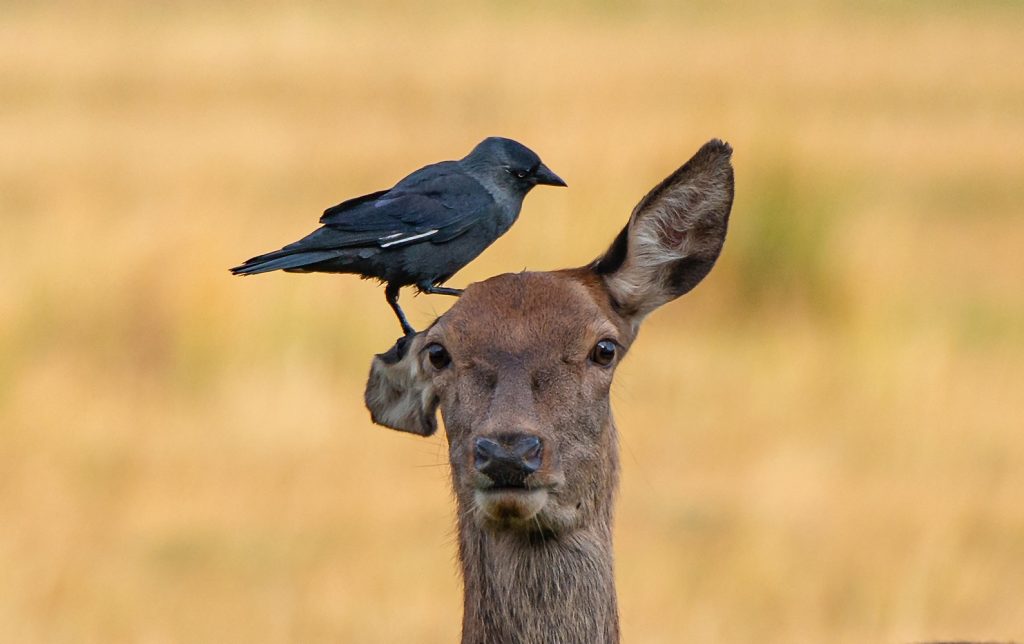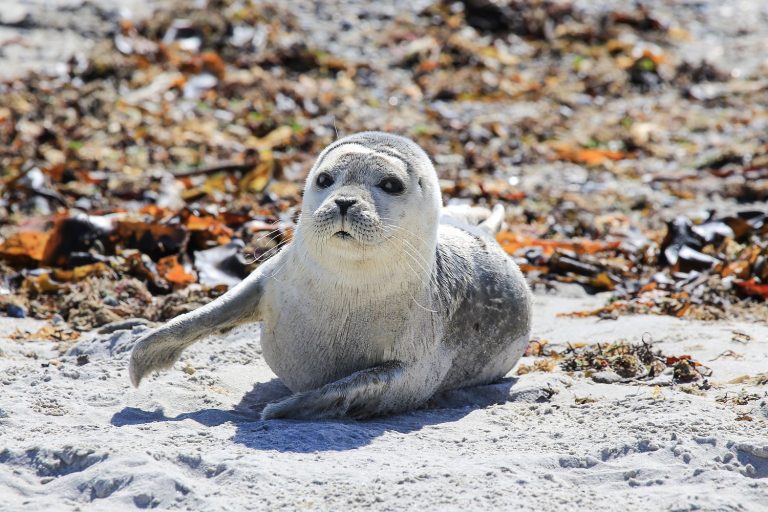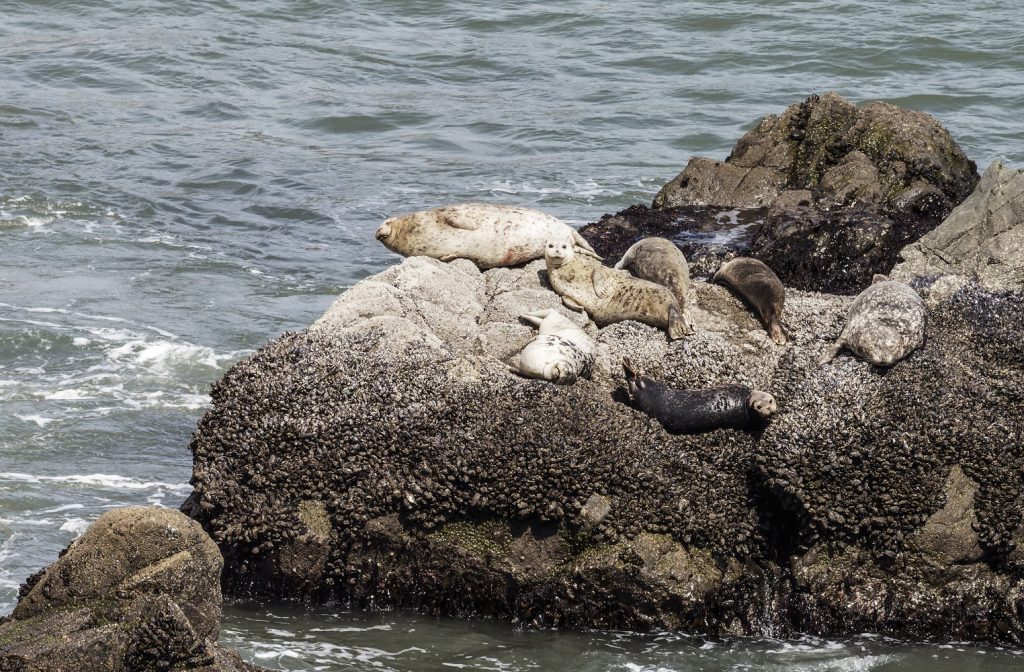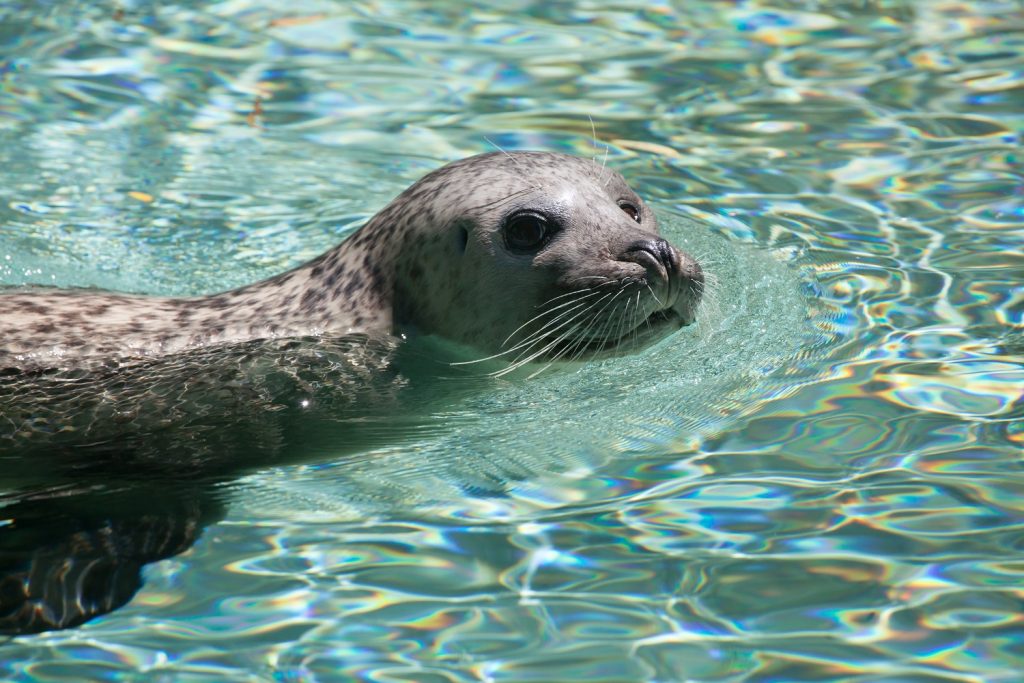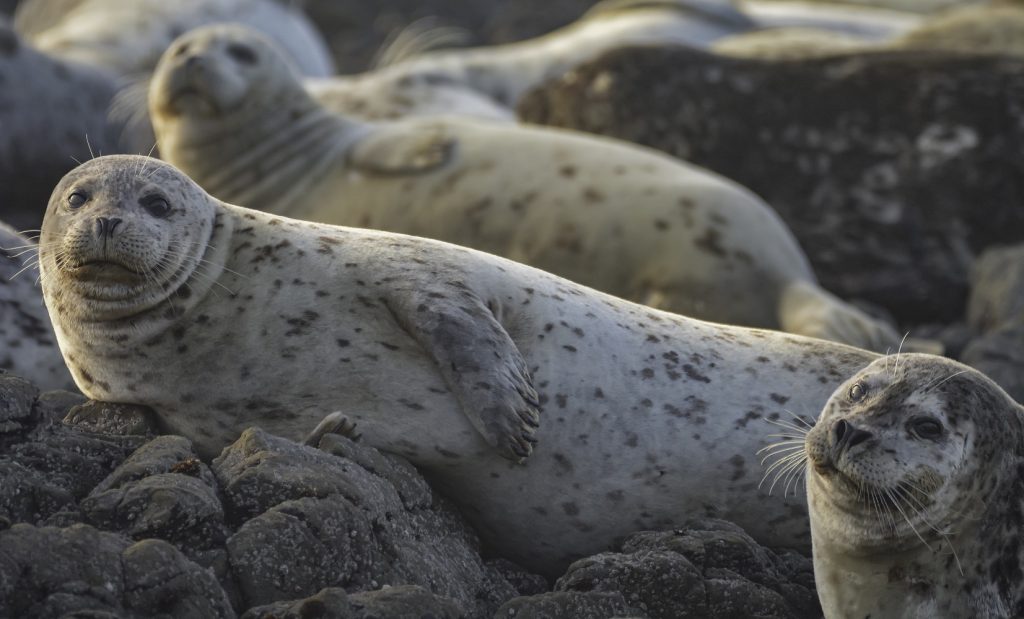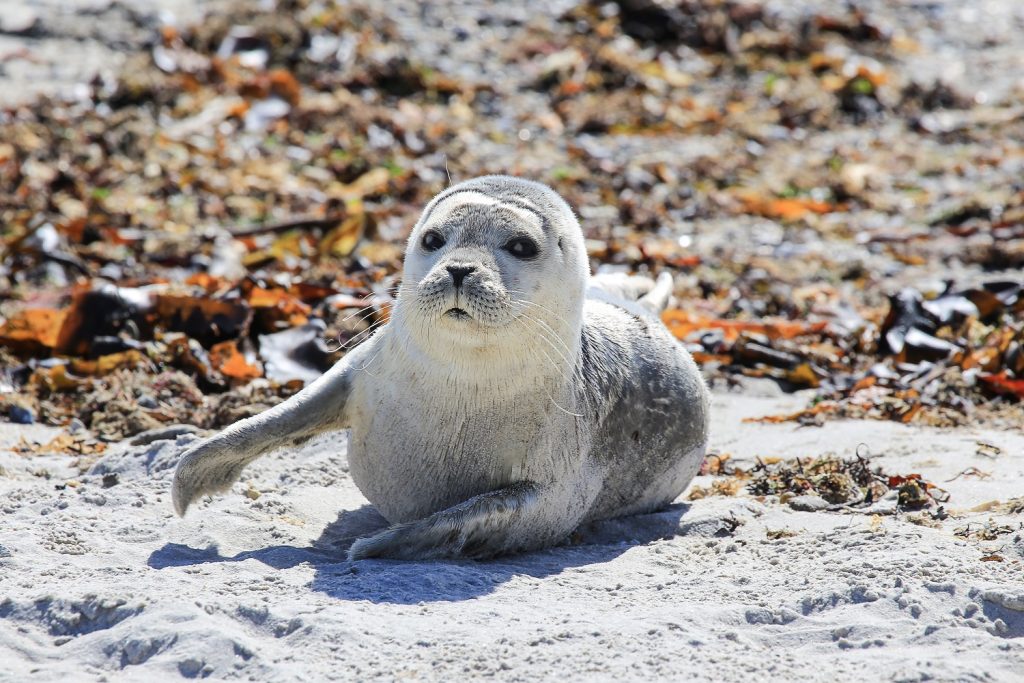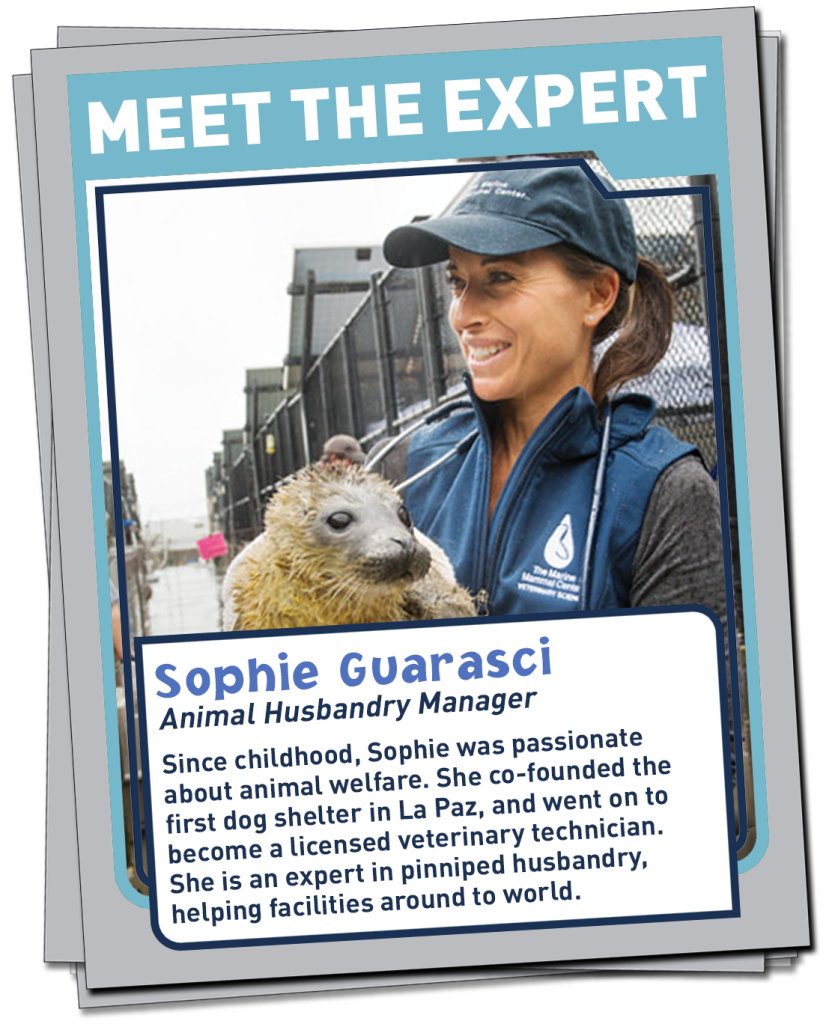Congratulations, Earth Rangers! You’ve successfully out-slimed and out-grimed the Gross Out Challenge! Together, you’ve logged over 120,000 climate-friendly habits, and to celebrate, we’re going to introduce you to someone who knows a LOT about slimy creatures: earthworm researcher Stephen Paterson!
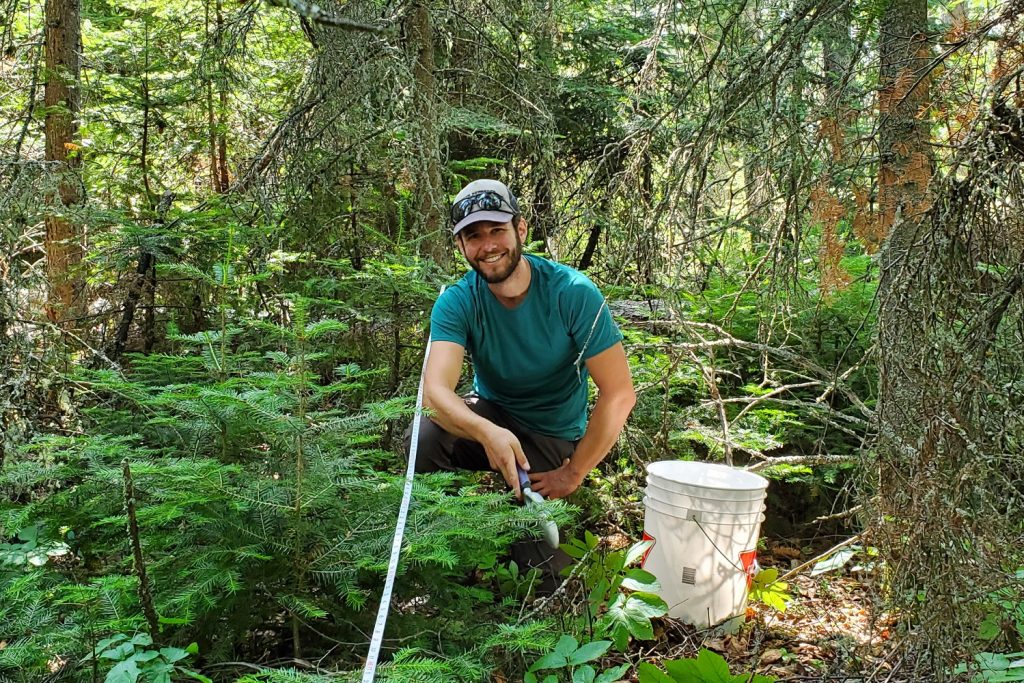
The Mysterious Earthworm
It might surprise you to find out that we don’t know a whole lot about many species of earthworm. We know they come in different colors. Some live in trees, some live in lakes, and one type of Australian earthworm can grow to be up to three meters long! We know that the roles earthworms play in their ecosystems are complex. (They’re sometimes called ‘ecosystem engineers.’) That’s why it’s important to understand HOW earthworms are distributed and what effect they’re having on the ecosystems they’re in.
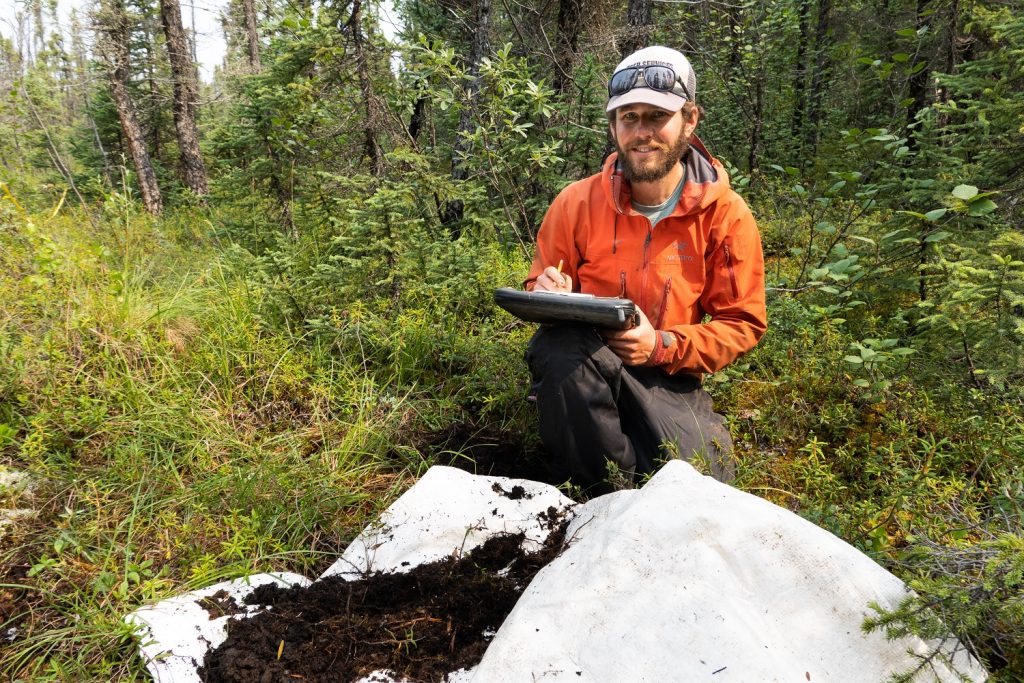
Invasion of the Earthworms
First, let’s talk about how earthworms came to Canada. There were almost NO earthworms in Canada after the last ice age. People brought them here from Asia and Europe because earthworms are often great for gardens and agriculture – they aerate the soil and they make nutrients more available to plants. But it’s not all good news. When non-native species are brought to a new place, there can be consequences.
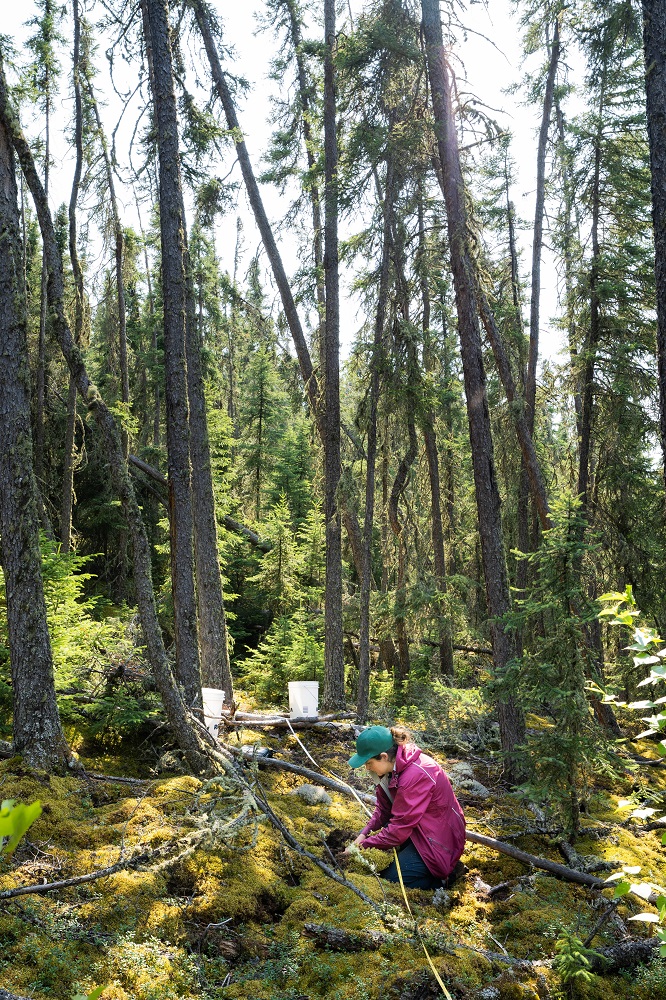
Into the Woods
Earthworms can become a problem when they end up in our forests. They decompose leaf litter, a thick layer of decaying leaves that native plants and animals rely on. Earthworms do it much faster than native decomposers. This can cause biodiversity loss and the release of greenhouse gases – two things we definitely DON’T want.
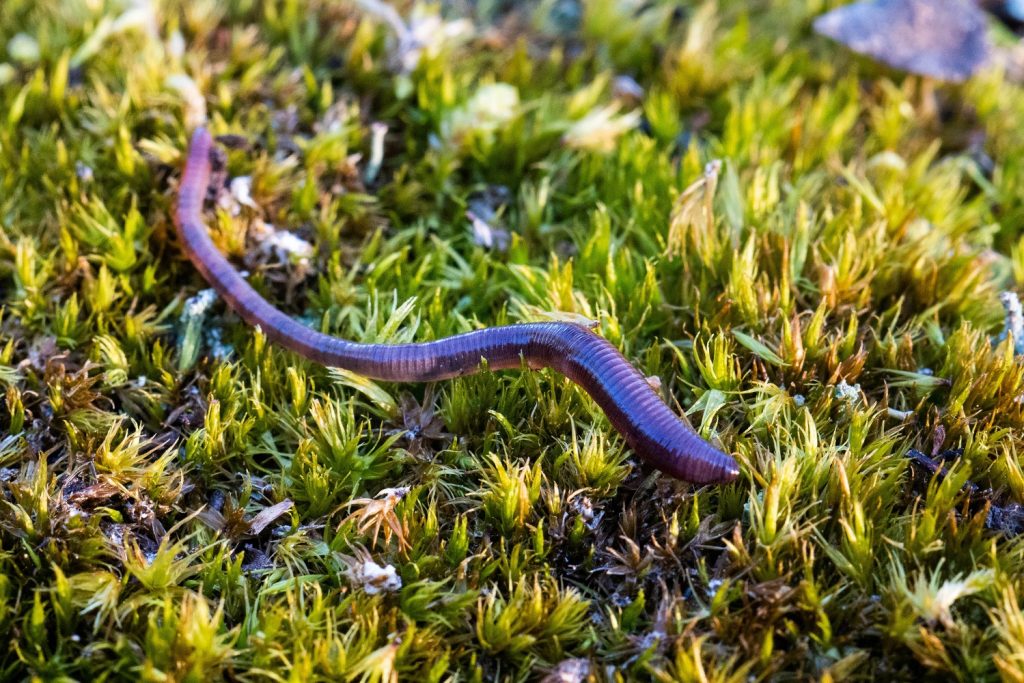
But HOW do earthworms end up where they’re not supposed to be? Blame it on people. Earthworms are often spread when people use them as fishing bait, put them into their gardens, or move soil or plants around.
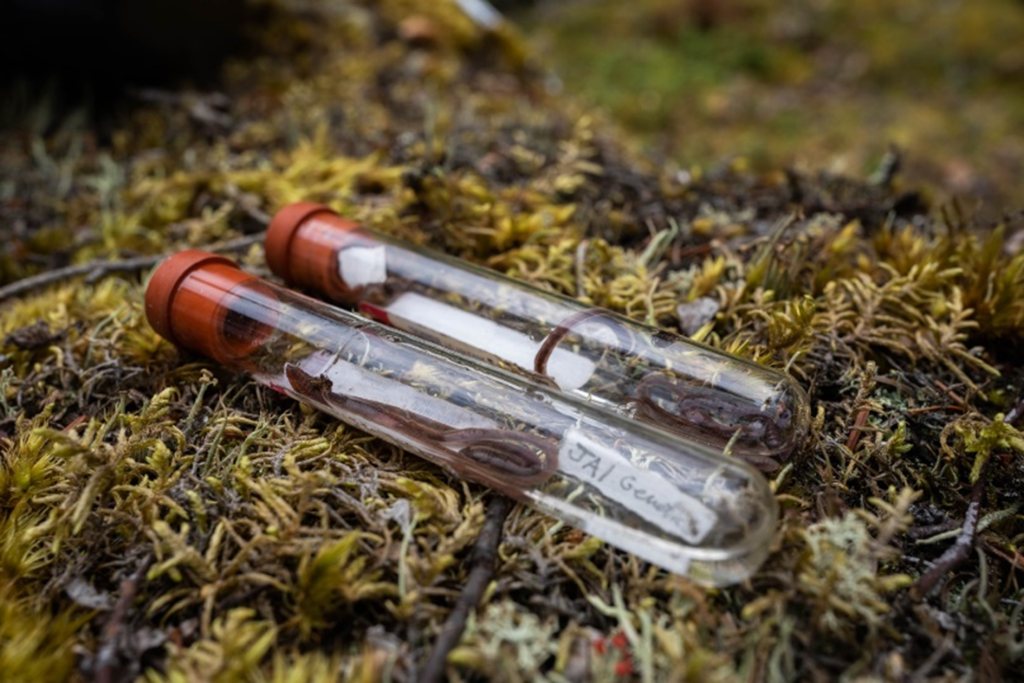
We can appreciate the good work worms do in our gardens, but make every effort to keep them out of the forests where they can do harm. Avoid moving soil or wood into forests because worms can hide in even the smallest amounts of both. And, if you’re going fishing, definitely do not leave your bait behind.
A New Friend!
Everyone who logged a habit during the Gross Out Challenge will unlock a special Worm Buddy for your avatar in the Earth Rangers App! Visit the Community Rewards section of the Challenge to learn more. We’re proud to support the work Stephen Paterson is doing, so in honor of our Gross-Out Challenge, we’re making a donation to contribute to his important research.

